Name: Trinley Dorje
Which came first in your life, the science or the art?
The science definitely came first. My fascination with anatomy started at the age of nine when I discovered a squirrel at the side of the road which had been struck by a vehicle. My friend ran away from it horrified and I stopped to inspect it further. I remember asking myself: “is this is what I look like on the inside?” My interest in anatomy flourished from that point. I studied as much anatomy as I could, whether it was the odd piece of roadkill, dissections in biology class, reading anatomical texts, or just observing how humans moved and the connections between the muscles and limbs. I studied anatomy, osteology, morphological variation, development, human disease, trauma, and taphonomy intensively throughout university and that has continued into my professional life.
Although I always doodled or sketched out the anatomy that I was studying, I never considered any of those compositions as “art”. Primarily, because I used the sketching as a learning tool for the science. My artistic side developed much later. In October of 2016, I decided I needed a new hobby. I bought some sketch books and pens and started to sketch out anatomical designs. I was rather surprised to learn that I could still draw, as it had been many years since I had drawn anything of substance. My choice to paint using digital techniques, rather than traditional painting methods, was based solely on the fact that digital painting does not leave a mess nor does it take up much room. I have been pondering the use of more traditional methods for future artistic endeavors.
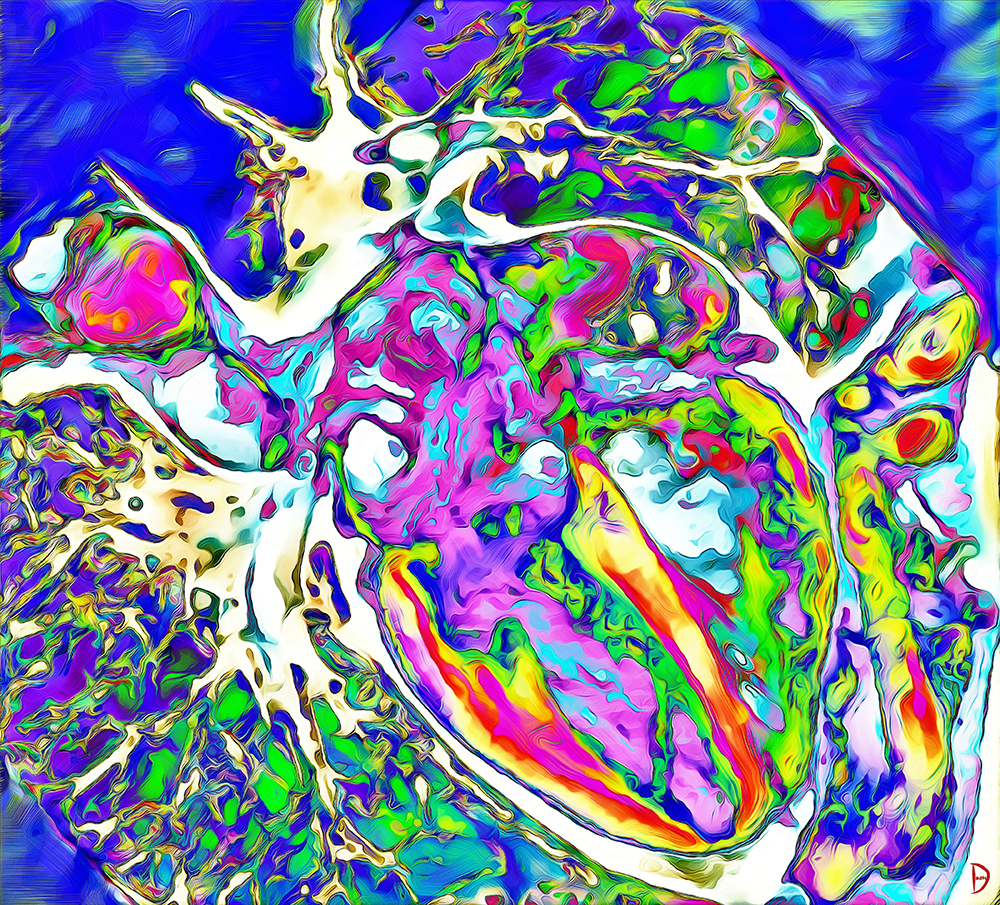
Electric Anatomy 2.0

Abstract Body
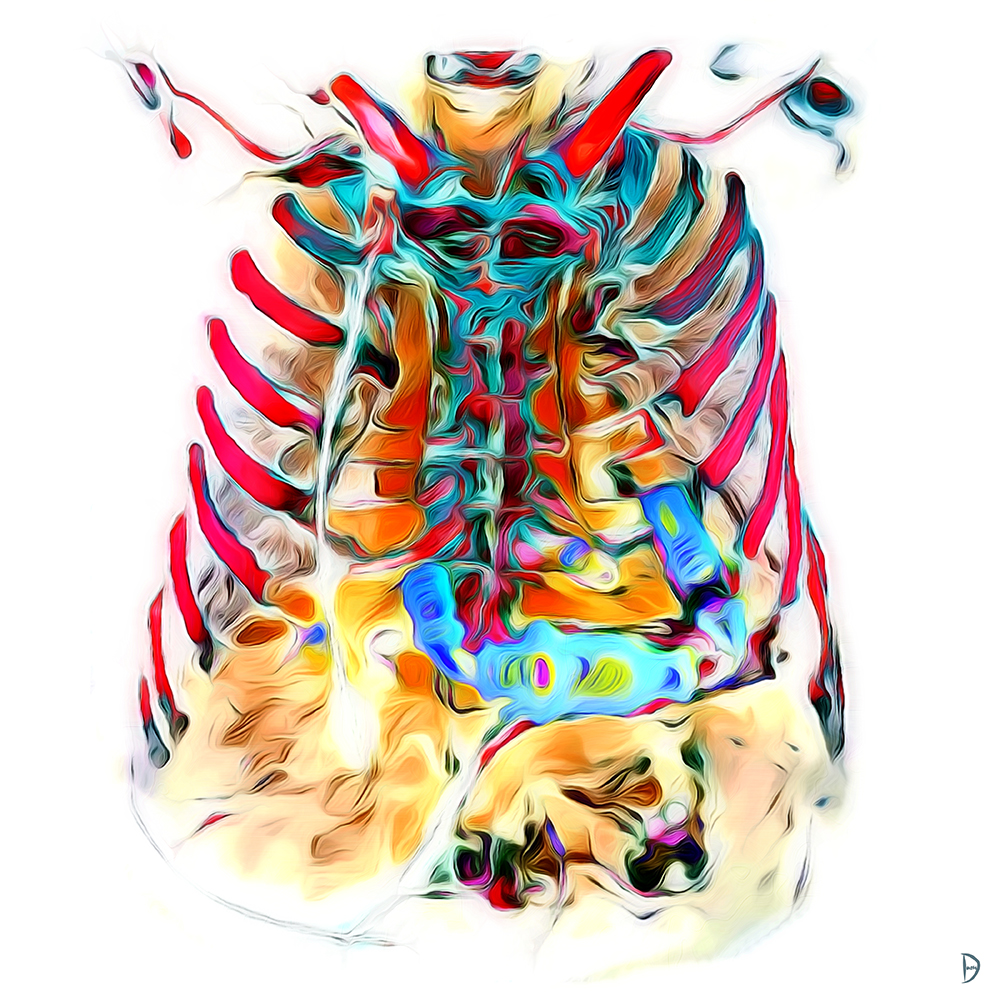
LVAD In Situ
Which sciences relate to your art practice?
The majority of my art is anatomical in nature. My main focus is on thoracic, head/neck, and vascular anatomy. I throw in a little histology and astronomy from time to time. I focus on the multifaceted layers of the anatomical form and I draw on advances in medical imaging technologies to construct new ways of representing human anatomy.
In my experience, anatomy isn’t for everyone. Our inner world is almost taboo; something that only those in the medical sciences can and should observe or discuss. Art can also emphasize the cultural perceptions of the human body, which often displays only our external shell. However, our anatomy is beautiful and our systems are a complex web of interconnectivity. We aren’t just a “bag of bones” or “blood and guts”. These are the reasons why I want to create art that displays human anatomy accurately and which is visually pleasing to the audience. To bring our internal biological world to the forefront.
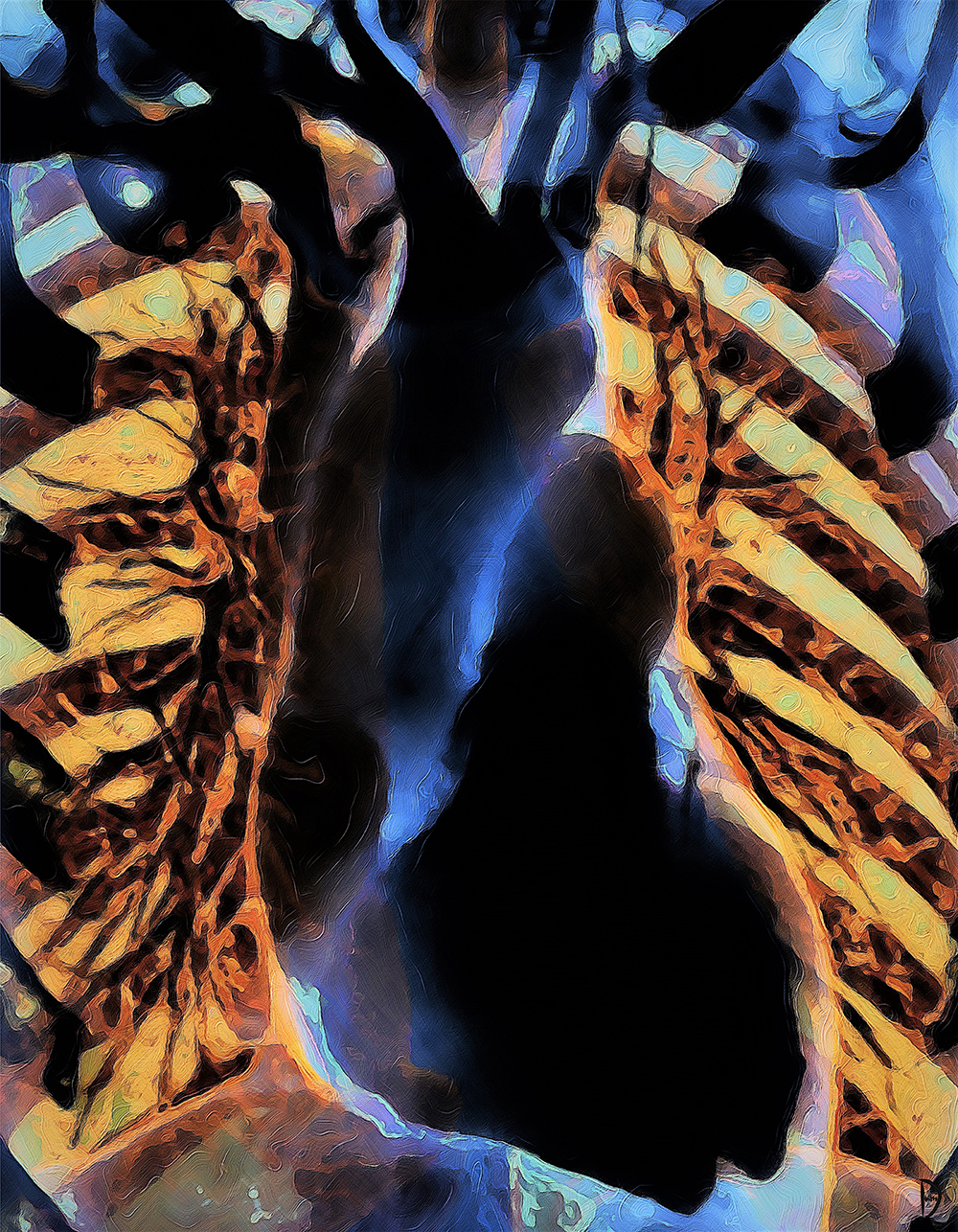
The Light Within You
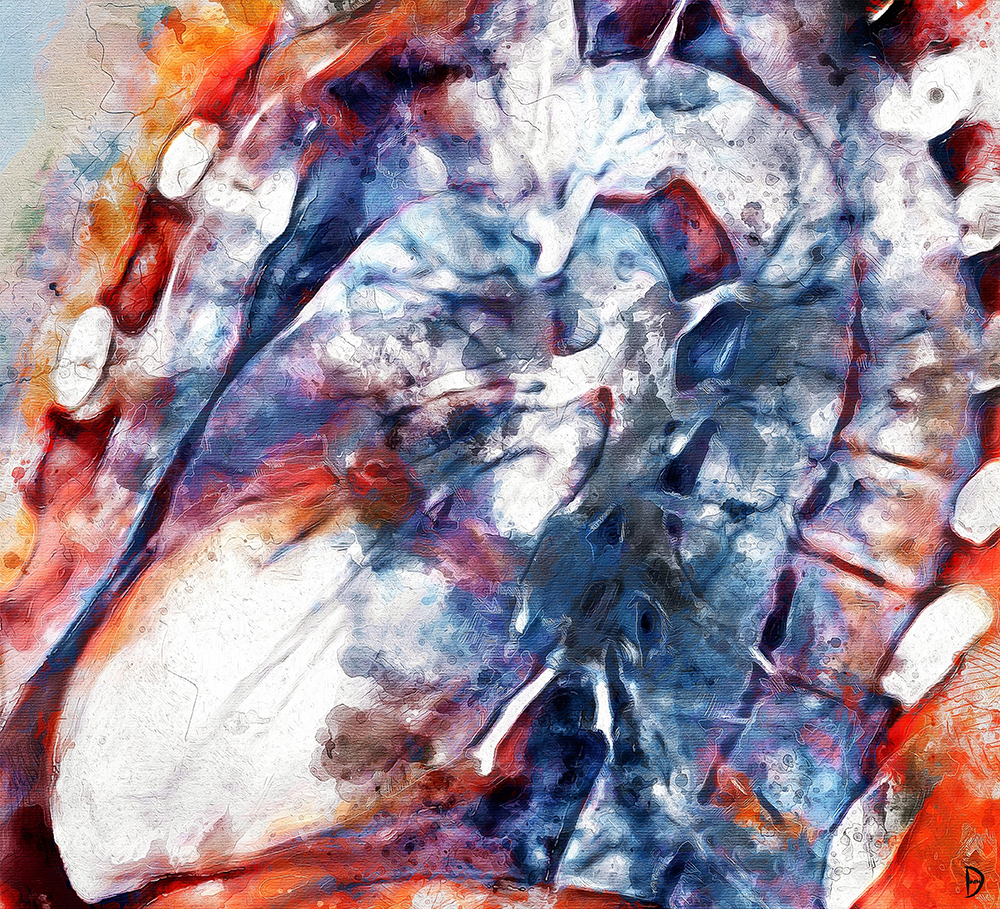
Whiteout
What materials do you use to create your artworks?
My creative process is quite simple. I will sketch out a design, usually a rough draft of the idea I have in mind, I scan that onto my computer and import the image into one of the three digital painting programs I use. Each program offers different options, brushes, colour palettes, watercolour, oil, or acrylic techniques or slight variations in all those mentioned. I normally use techniques from each of the programs when I am finishing off a painting. It’s a multi-stage process and my paintings may have 50-100 layers merged into one final image once the process has been completed.

Say Ahhhhh

Neon Night 4.0

Glitch
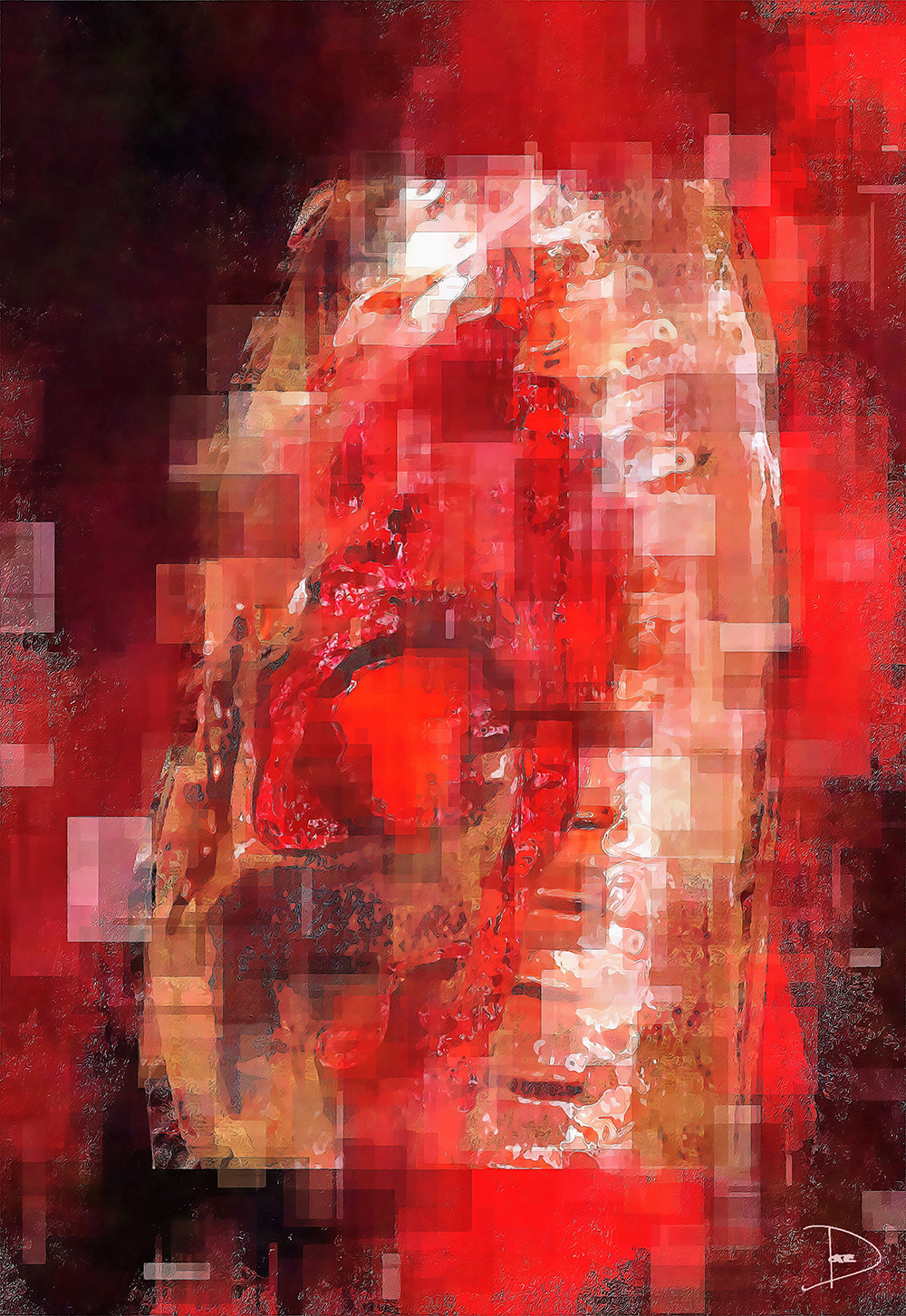
Aneurysm
Artwork/Exhibition you are most proud of:
I am currently working on a new series of paintings which are my artistic interpretations of head and neck CT angiograms which I am excited about completing. As for my completed works, I am really fond of my Nebulous Anatomy series.
Nebulous Anatomy is a series of three paintings where I combined thoracic anatomy with another favourite science of mine: astronomy. All three paintings in this series have a similar cosmic finish to them, but each one is very diverse in its colour palette and the depiction of the anatomy itself. This series was inspired by the challenges that humans would face with the colonization of another world and how interstellar space travel would impact both our cultural and biological evolution as a species.

Nebulous Anatomy 2.0
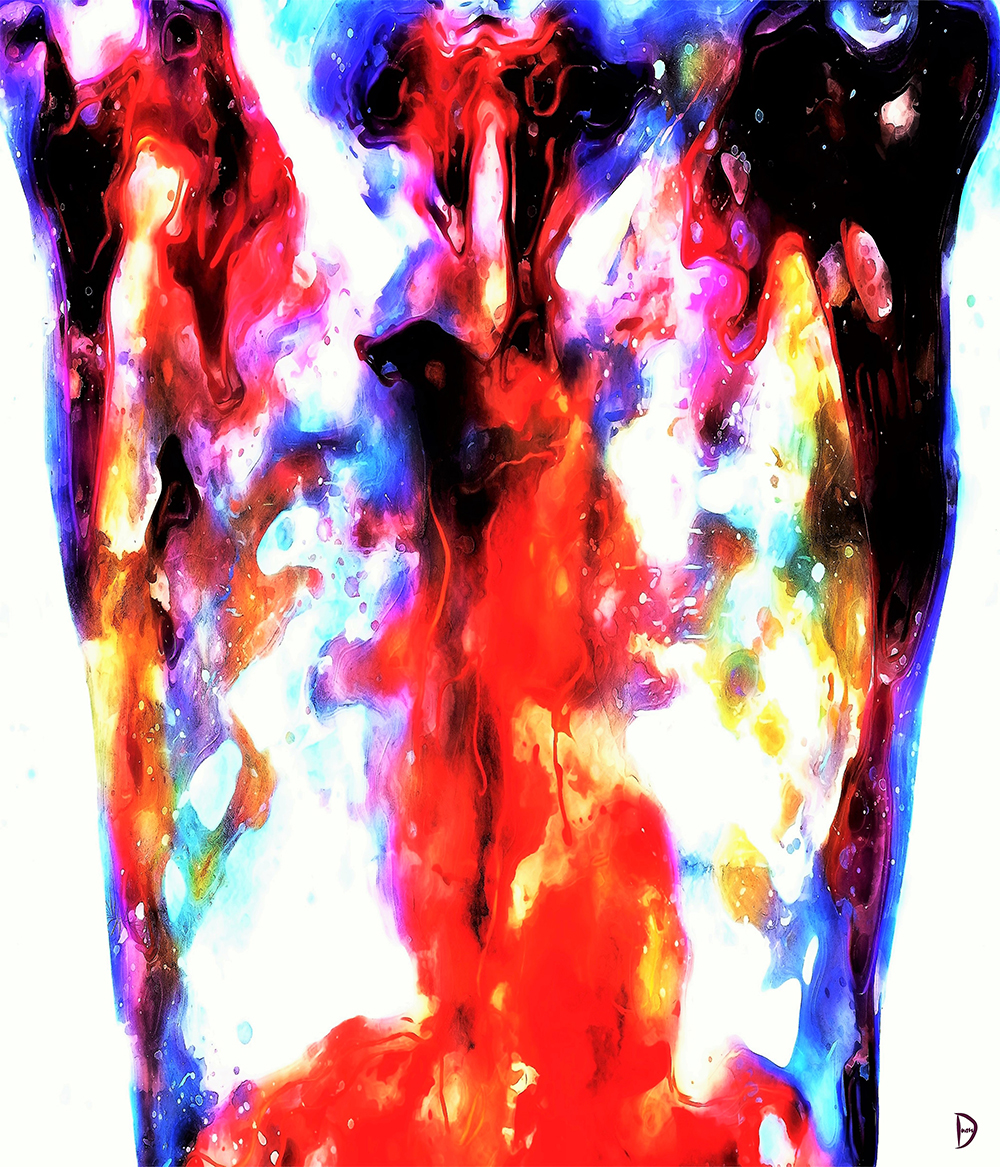
Nebulous Anatomy 3.0
Which scientists and/or artists inspire and/or have influenced you?
There are so many artists I admire, but I would say that my artwork is heavily inspired by early anatomical artists who were also scientists including; Jacques Gautier d’Agoty (Anatomist), Andreas Vesalius (Physician/Anatomist), Govert Bidloo (Physician/Anatomist), and Leonardo da Vinci. There are many modern artists, both traditional and street artists whom I admire, but I really enjoy the art of Nychos, Phlegm, Herakut, Nemos, Conor Harrington, and Charlie Immer.
The scientists that inspire me are my colleagues in the Heart Failure Program, Ventricular Assist Device Program, and Vascular Surgery Program at Peter Munk Cardiac Centre at Toronto General Hospital. They are a brilliant and innovative group who are highly regarded in their respective fields. Research, education, awareness, they do it all. Lastly, I am inspired by the patients I treat. The bravery and resilience they show while facing their own mortality or a loss of a limb(s) is to be admired and respected.

Lobar
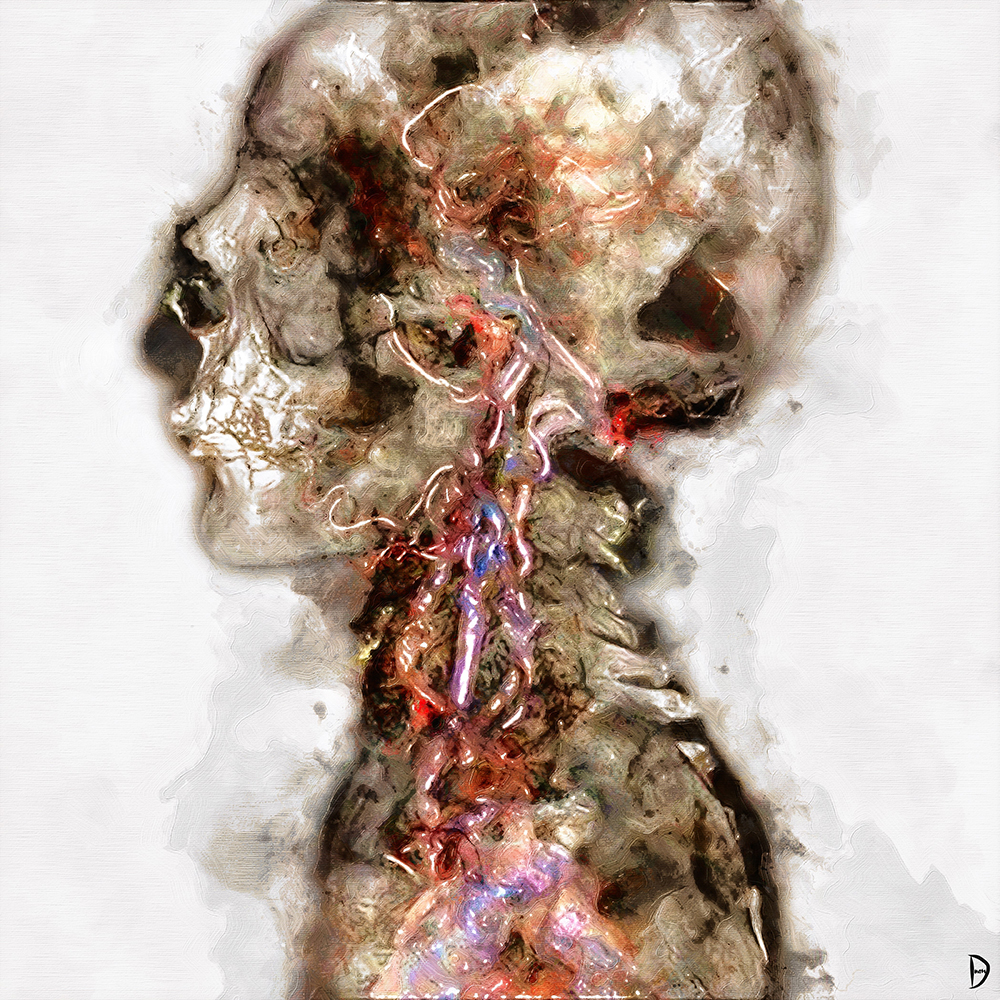
Circulate
Is there anything else you want to tell us?
I truly believe that art can aid in the healing process. I envision an artistic movement which breaks down the cultural taboos of death and dying. With a goal of providing a better understanding of our bodies as a biological unit which, in turn, will lead to a more comfortable and reality-based understanding of the process of death and dying. Death is certain for us all and I believe that it is an important subject to openly discuss and to develop a deeper understanding.
Links: Twitter, Instagram, Behance
Share this Post

